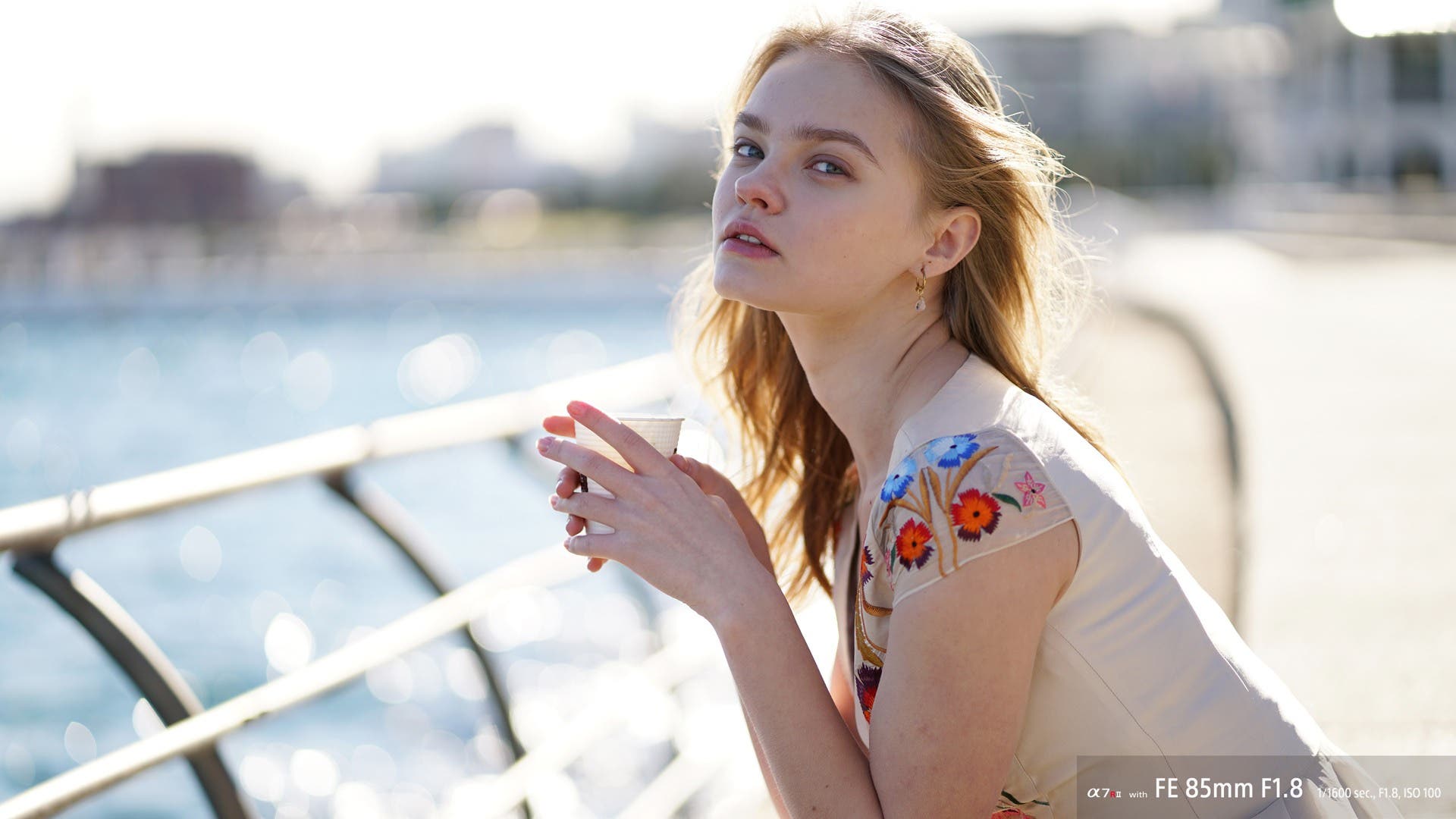


#Best bokeh lens for sony software
And this can be minimized in most image editing software if you don’t enjoy the effect. Both the Sigma and Tamron show some distortion at their widest zoom settings, but nothing egregious. Wirecutter’s lead editor for cameras, Phil Ryan, brings his 24-70mm lens with him whenever he can bring only one zoom with him for the day. Both are sharp lenses with zoom ranges that cover most of your needs on an average day of shooting, let in enough light to keep shooting even as the sun sets for the day, and can limit your depth of focus at f/2.8 enough to keep your subjects well isolated (visually) from the background.
#Best bokeh lens for sony upgrade
Low-light fans who shoot full frame and are looking for an everyday lens more akin to our upgrade pick for APS-C above should consider either Sigma’s 24-70mm f/2.8 DG DN Art or Tamron’s 28-75mm f/2.8 Di III RXD. If you don’t shoot with a Sony camera but still want to invest in some great starter lenses, take a look at our lens guides for Canon, Nikon, Micro Four Thirds, and Fujifilm bodies. If macro is your thing, start with the Sigma 70mm f/2.8 Art DG Macro. We recommend the Sony E 55-210mm f/4.5-6.3 OSS or Sony FE 70-300mm f/4.5-5.6 G OSS as your telephoto, the Rokinon 12mm f/2.0 NCS CS for a wide-angle option, the Sigma 60mm f/2.8 DN or Sony FE 85mm f/1.8 for portraits, and the Sony E 20mm f/2.8 pancake lens. To take your photography to the next level, you’ll want to begin building your arsenal of lenses. In addition to our top two picks, we recommend the Sony E 55-210mm f/4.5-6.3 OSS or Sony FE 70-300mm f/4.5-5.6 G OSS as your telephoto, the Rokinon 12mm f/2.0 NCS CS for a wide-angle option, the Sigma 60mm f/2.8 DN or Sony FE 85mm f/1.8 for portraits, and the Sony E 20mm f/2.8 pancake lens. Fast prime lenses (ones that don’t zoom) are recommended for beginners because the lack of zoom forces photographers to get close and better compose their shots.


 0 kommentar(er)
0 kommentar(er)
